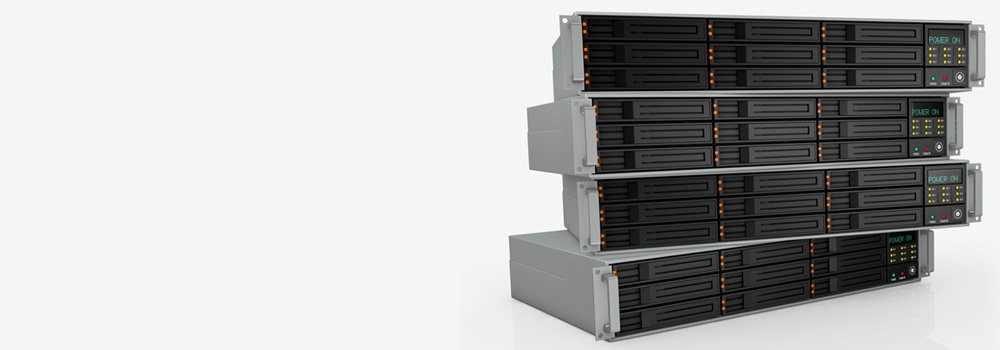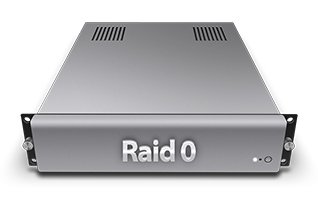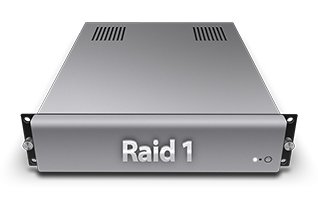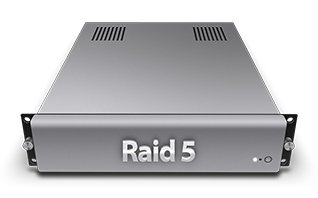RAID 5 Data Recovery Cambridge:
RAID 5 is a popular choice for NAS (Network Attached Storage) systems due to its blend of fault tolerance, performance, and efficient storage use. Using parity data distributed across multiple drives, RAID 5 provides redundancy that allows data recovery in case of a single drive failure. However, if multiple drives fail, or in cases of logical errors or corruption, RAID 5 arrays can experience serious data loss, making our professional recovery services essential.
How RAID 5 Works in NAS Systems
RAID 5 arrays use a combination of data striping and parity:
- Parity-Based Striping: RAID 5 distributes data across all drives with parity data spread among them, enabling the array to reconstruct missing data from a single drive failure.
- Fault Tolerance: RAID 5 provides redundancy but can only tolerate one drive failure.
- Limitations: Despite redundancy, simultaneous drive failures or logical errors can render RAID 5 arrays inoperable, necessitating data recovery.
Common Causes of RAID 5 Array Failure in NAS
RAID 5 arrays can experience data loss due to several factors:
- Logical Failures: Corrupted file systems, accidental deletion, or software errors that disrupt data access.
- Physical Drive Failures: While RAID 5 is fault-tolerant, simultaneous failures or degraded drives can lead to full array failure.
- Firmware Glitches and Controller Issues: NAS system errors or RAID controller malfunctions may compromise array integrity.
- Malware and Ransomware: Infections that corrupt, encrypt, or delete data across all drives, including parity data.
Recognizing Signs of RAID 5 Array Failure in NAS Systems
Identifying early signs of RAID 5 failure can help prevent complete data loss:
- Performance Issues: Slower read/write speeds and inconsistent data access.
- Degraded Array Mode: RAID software may indicate a degraded status or prompt for a rebuild.
- Data Corruption and Error Messages: Error notifications during access or corrupted files.
Challenges in Recovering Data from RAID 5 Arrays
RAID 5 recovery is particularly challenging due to:
- Parity Complexity: Rebuilding data from parity calculations can be complex and requires specialized software.
- Fragmented Data: Data is distributed across multiple drives, making reassembly difficult in the case of multiple drive failures.
- Proprietary NAS Configurations: NAS devices may use proprietary file systems, necessitating specific knowledge for data reconstruction.
The RAID 5 Data Recovery Process
Data recovery from a RAID 5 array typically involves these steps:
- Diagnostic Assessment: Each drive is assessed to determine its status and the cause of failure.
- Imaging and Cloning: Cloning each drive in the array creates copies for safe data recovery.
- Parity Reconstruction: Reconstructing missing or corrupted data using parity calculations.
- Logical Recovery: Advanced software is used to recover files lost to logical errors.
Benefits of Using our Professional RAID Data Recovery Services for RAID 5 NAS
Our Professional data recovery services offer multiple benefits:
- RAID Expertise: Our RAID specialists have experience with RAID 5 parity and data reconstruction, improving recovery success.
- Data Security: Our Labs follow strict data privacy protocols to protect sensitive information.
- Advanced Equipment: Specialised tools and cleanroom environments are essential for physical recovery.
Data Recovery Techniques for RAID 5 Arrays
Recovery techniques vary based on the issue type:
- Software-Based Recovery: Logical failures may be resolved using specialized recovery software.
- Hardware Repair: Damaged drives undergo component repair or replacement in cleanrooms.
- Parity Analysis: Our RAID Experts use parity calculations to reconstruct lost data accurately.





